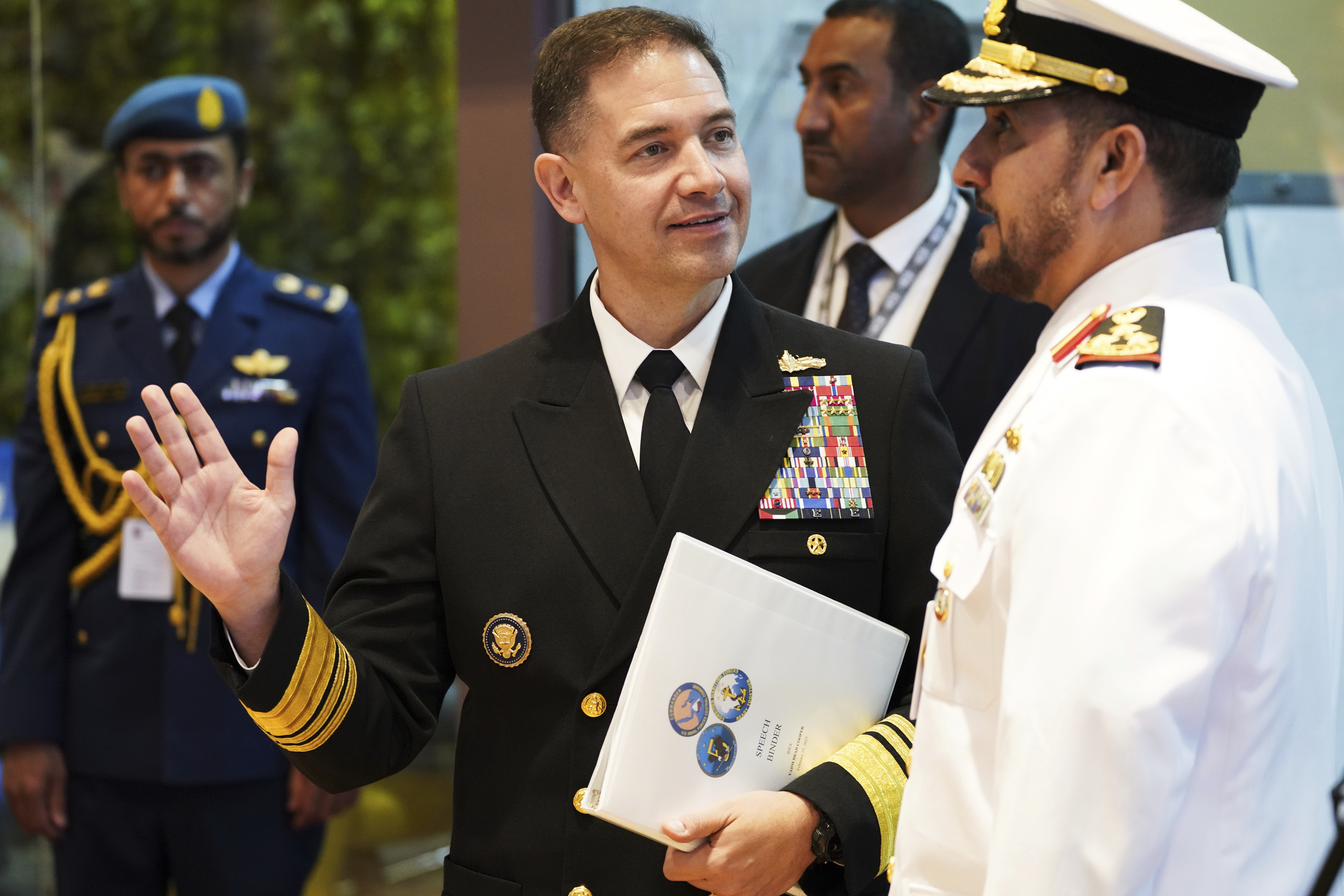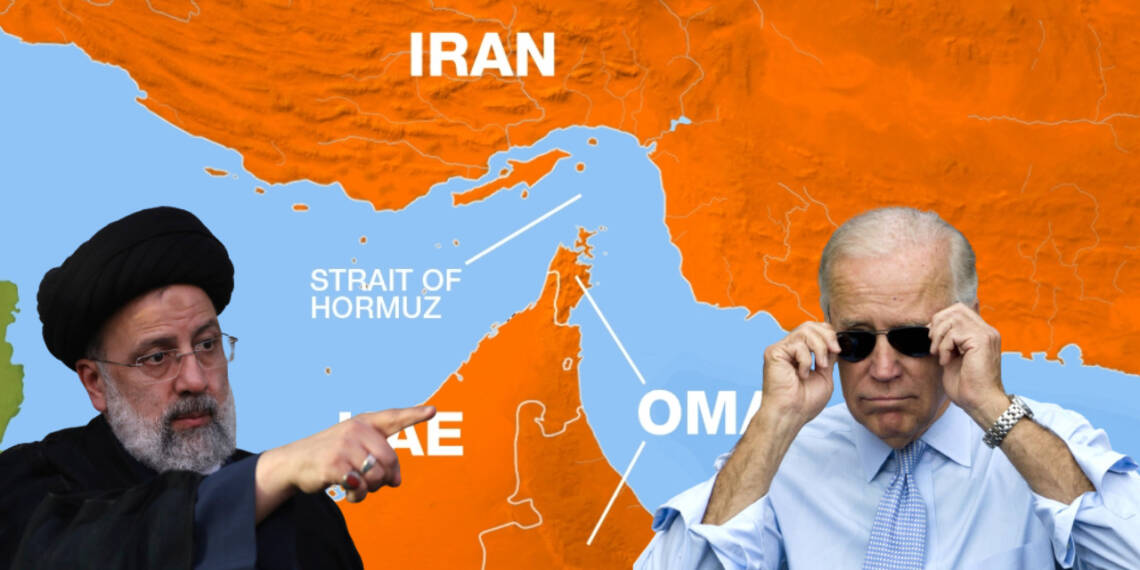NATO-Middle East war: With massive oil reserves, the Middle East has long been a focal point for global nations vying for dominance. And when we talk about dominance, which country comes to your mind? The US. But it seems that the US is now about to face a formidable challenge.
US Quest for Global Dominance in the Middle East
US has long sought control of the Middle East due to its massive oil reserves, which are critical for global energy security. Despite its efforts, the US has not achieved the desired level of regional dominance. As diverse parties attempt to protect their interests, this has resulted in ongoing tensions and conflicts.
Cut to present, the visit of the USS Paul Hamilton by Middle East-based navy commanders from the US, France, and the UK was meant to show a united front against Iran and to exert oversight of the safety of ships travelling through the strategically important Strait of Hormuz. The strait is a key economic chokepoint since it transports nearly one-fifth of the world’s oil supplies.

How did the Middle East Respond?
Now, the deployment of Western naval forces in the Strait of Hormuz, thousands of kilometres away from their respective territorial waters, has elicited strong reactions throughout the Middle East, particularly in Iran. Iranian armed forces have sought an explanation for their presence. This raised concerns about the goals and motivations behind this display of force. This has heightened tensions and increased the likelihood of a clash.
Iran is prepared!
In reaction to the perceived threat posed by the US and its allies, Iran has stated its willingness to respond to any aggression.
“The Islamic Republic of Iran and the countries south of the Persian Gulf are capable of cooperating to ensure the security of the Persian Gulf, the Strait of Hormuz and the Sea of Oman,” Mohammad Bagheri, chief of staff of the Iranian armed forces, said in a news conference.
He added, “We have no need for foreigners to ensure the security of regional waters, which are currently secured by our navy men of the army and the Islamic Revolutionary Guard Corps.”

Escalating Tensions and Accusations
Even last month, it was revealed that the USS Florida, an American nuclear guided-missile submarine, departed from the Mediterranean Sea and sailed through the Suez Canal to enter the Red Sea. The US tried to justify the deployment of its forces and bolstering its military presence in the Middle East. Syrian and Iranian officials expressed their discontent over the situation. Syrian officials have accused the US of deploying naval ships to steal their oil reserves for personal gain. Reports have claimed that US forces have smuggled stolen Syrian oil and wheat to bases in neighbouring Iraq.
Now, with the tour of the USS Paul Hamilton and the broader buildup of tensions, a hazardous relationship between the US and the Middle East is brewing. The recent activities of US navy commanders in Iranian waters have the potential to spark a full-fledged confrontation, potentially involving NATO.
The Strait of Hormuz has become a symbolic flashpoint in the ongoing struggle for dominance between the West and the Middle East. The recent tour by US, French, and UK navy commanders, coupled with Iran’s defiant response, has heightened tensions to a critical level. The potential for a NATO-Middle East war looms large, carrying severe consequences for all parties involved. And the Middle East has already ticked the clock of countdown.
Watch More:








